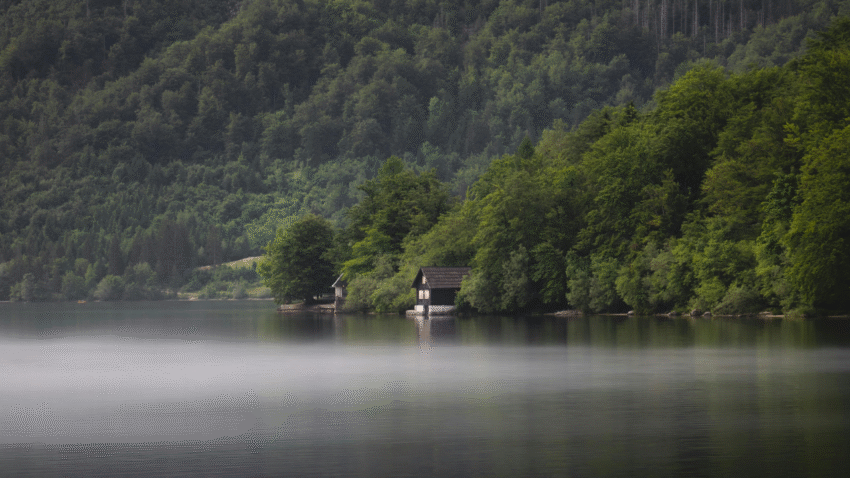Introduction
An old shed can quickly become leaky and damp, leading to rot, mold, and damage to everything stored inside. Learning how to waterproof an old shed is one of the best ways to protect it and extend its life. Many shed owners worry that waterproofing an older shed will be expensive or difficult, but with the right steps, you can make your shed dry and secure without replacing the whole structure.
Why Waterproofing Matters for Your Shed
Waterproofing prevents leaks, rot, and mold growth that can ruin both the shed and its contents. An old shed that isn’t properly sealed will deteriorate quickly, requiring costly repairs or even replacement. By waterproofing your shed, you’ll protect stored items, extend the shed’s lifespan, and improve its overall durability against harsh weather.
Step-by-Step Guide to Waterproofing an Old Shed
1. Inspect the Shed for Damage
Check for cracks, gaps, or holes in the roof, walls, and floor. Look for soft or discolored wood that indicates water damage.
2. Repair Structural Issues
Replace rotten boards, patch holes, and secure any loose panels. Fixing these problems first ensures waterproofing products will be effective.
3. Seal Gaps and Cracks
Use exterior caulk or expanding foam to fill gaps around windows, doors, and trim. Weatherstripping can help seal around doors to keep water out.
4. Fix or Replace the Roof
Inspect the shed roof for missing shingles, rusted metal sheets, or holes. Patch or replace damaged roofing to stop leaks at the source.
5. Install Flashing and Gutters
Add flashing where the roof meets walls to prevent water seepage. Installing gutters and downspouts will direct rainwater away from the shed base.
6. Apply a Waterproof Sealant
Paint or stain the shed with a high-quality waterproof product designed for exterior wood. Make sure to coat all exposed areas, including edges and joints.
7. Improve Drainage Around the Shed
Water pooling near the shed foundation can seep inside. Add gravel, a French drain, or slope the ground away from the shed for better drainage.
8. Add a Moisture Barrier to the Floor
If your shed has a wooden floor, consider adding a plastic vapor barrier or using treated plywood to prevent moisture from seeping up.
9. Ventilate the Shed Properly
Proper airflow reduces condensation inside. Add vents or small windows to prevent moisture buildup that can lead to mold and rot.
10. Maintain Waterproofing Over Time
Check the shed yearly and reapply waterproof sealant or paint as needed to keep it protected.
Common Mistakes to Avoid
- Mistake 1: Ignoring existing damage.
Solution: Always repair rotten or broken parts before applying sealant. - Mistake 2: Using interior paint or sealant.
Solution: Only use exterior-grade waterproof products made for outdoor wood. - Mistake 3: Forgetting about drainage.
Solution: Ensure rainwater flows away from the shed base to prevent leaks. - Mistake 4: Sealing over wet wood.
Solution: Let the shed dry completely before applying any waterproofing products. - Mistake 5: Skipping routine maintenance.
Solution: Reapply sealant and inspect the roof regularly to prevent new leaks.
Extra Shed Tips & Hacks
- Add roof overhangs or awnings to further protect shed walls from rain.
- Use silicone caulk instead of acrylic for a longer-lasting waterproof seal.
- Consider installing a raised foundation if the shed floor is too close to damp soil.
Check out our guide on how to prevent rot in shed wood for more ways to protect your shed from moisture damage.
Conclusion
Waterproofing an old shed is a practical way to extend its life and protect everything stored inside. By repairing damage, sealing gaps, improving drainage, and maintaining the finish, you can make your shed weatherproof and durable for years to come.
Bookmark this guide so your shed stays dry and protected all year round!
